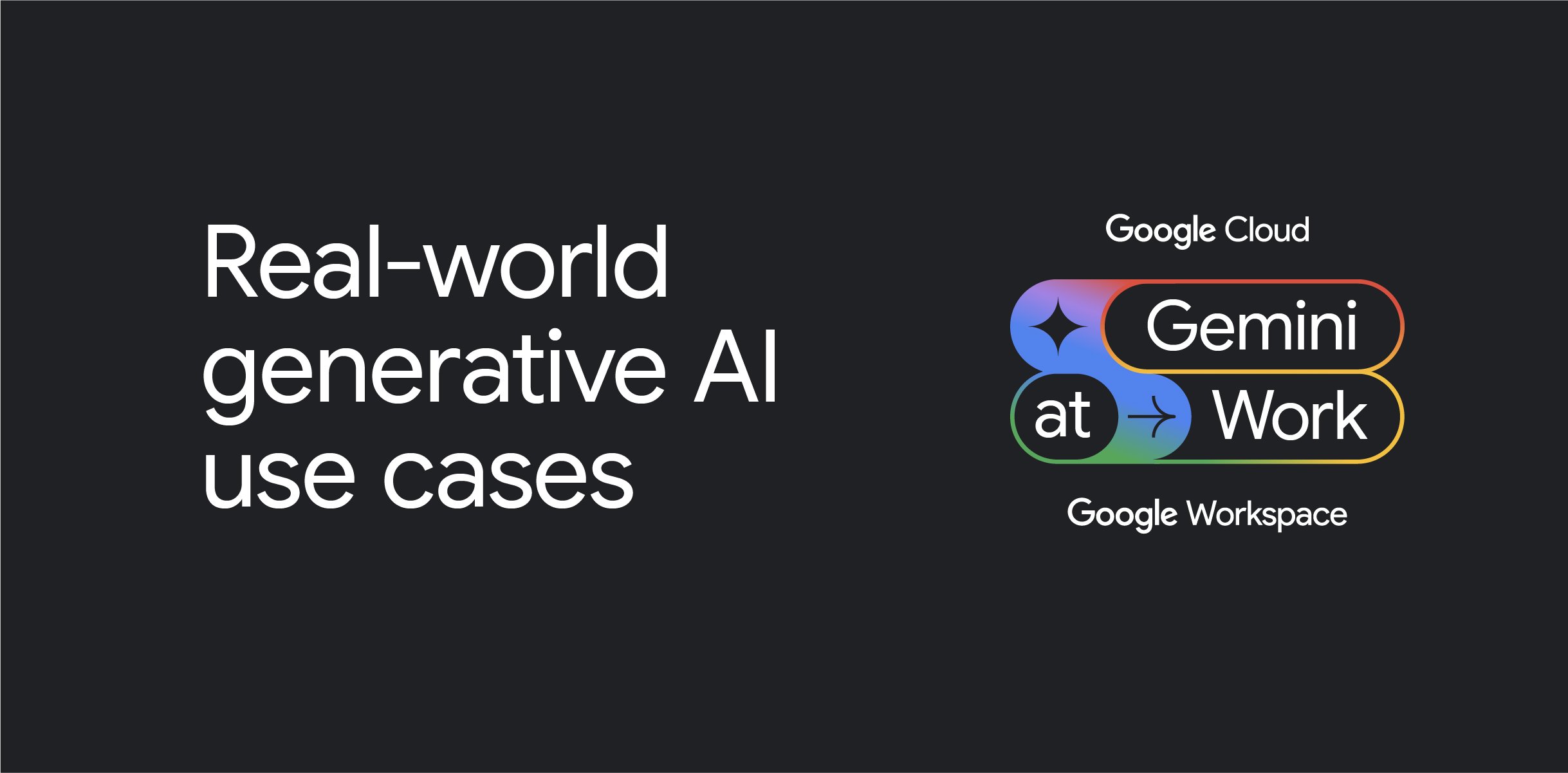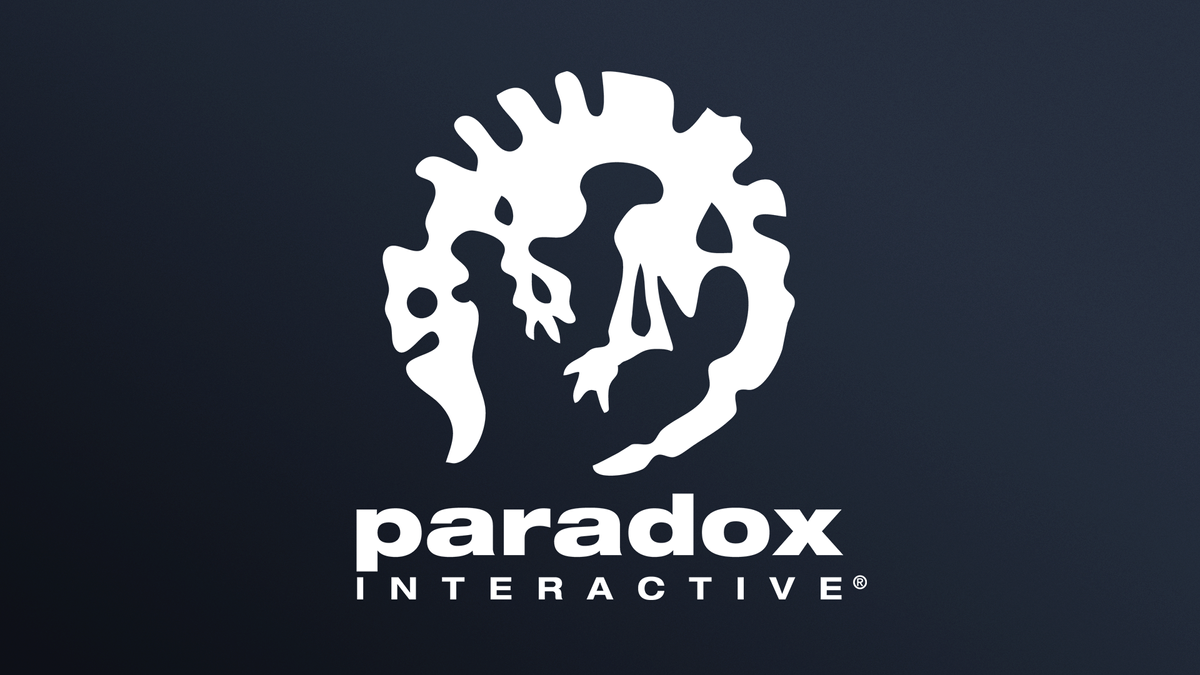
The Future of the Web is on the Edge
32 years later, there are hundreds of millions of versions of that computer all around the world. Some are even powered down by default.
But developing for the web still feels as if there is only one machine. We develop as if our code is going to be deployed on a single instance of a server somewhere in a huge data center in Virginia, California, or Switzerland.
But this doesn’t have to be the case anymore. For years, anything static was served from CDNs around the globe, close to users. Now, the same is starting to be true of dynamic web apps. You can deploy it all, everywhere.
When people say “the edge,” they mean that your site or app is going to be hosted simultaneously on multiple servers around the globe, always close to a user. When someone requests your site/app, they will be directed to the one closest to them geographically. These distributed servers not only serve static assets, but can also execute custom code that can power a dynamic web app.
Moving servers closer to end-users is also a physical approach towards latency optimization. This means lower latency on every single page load. The longer your pages take to load, the more likely users will bounce. 32% more likely according to Google research when load speeds go from 1 second to 3 seconds. 90% more likely when speeds go from 1 second to 5 seconds. Users will visit 9 pages when pages load in 2 seconds, but only 3 pages when they load in 7 seconds.










/cdn.vox-cdn.com/uploads/chorus_asset/file/25485431/Screenshot_2024_06_10_at_1.23.44_PM.png)









